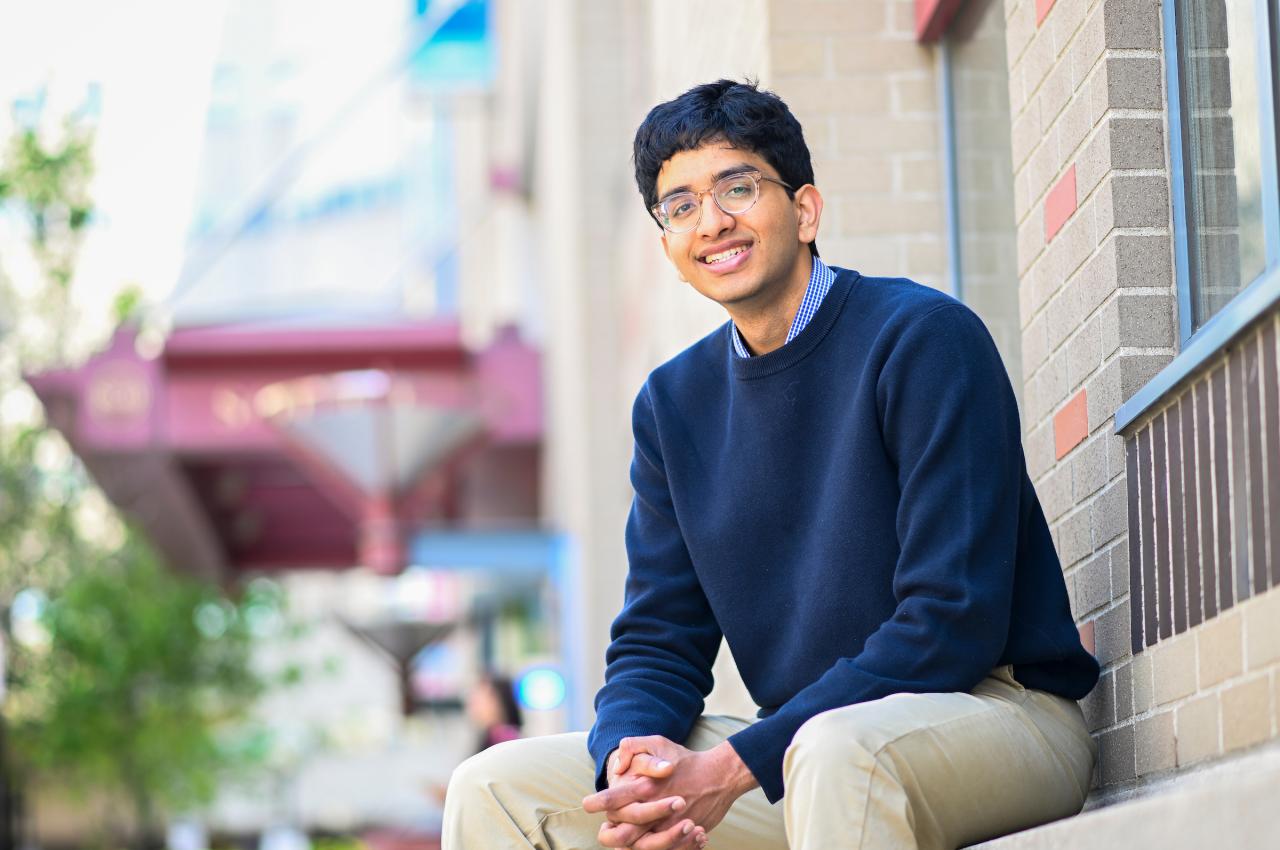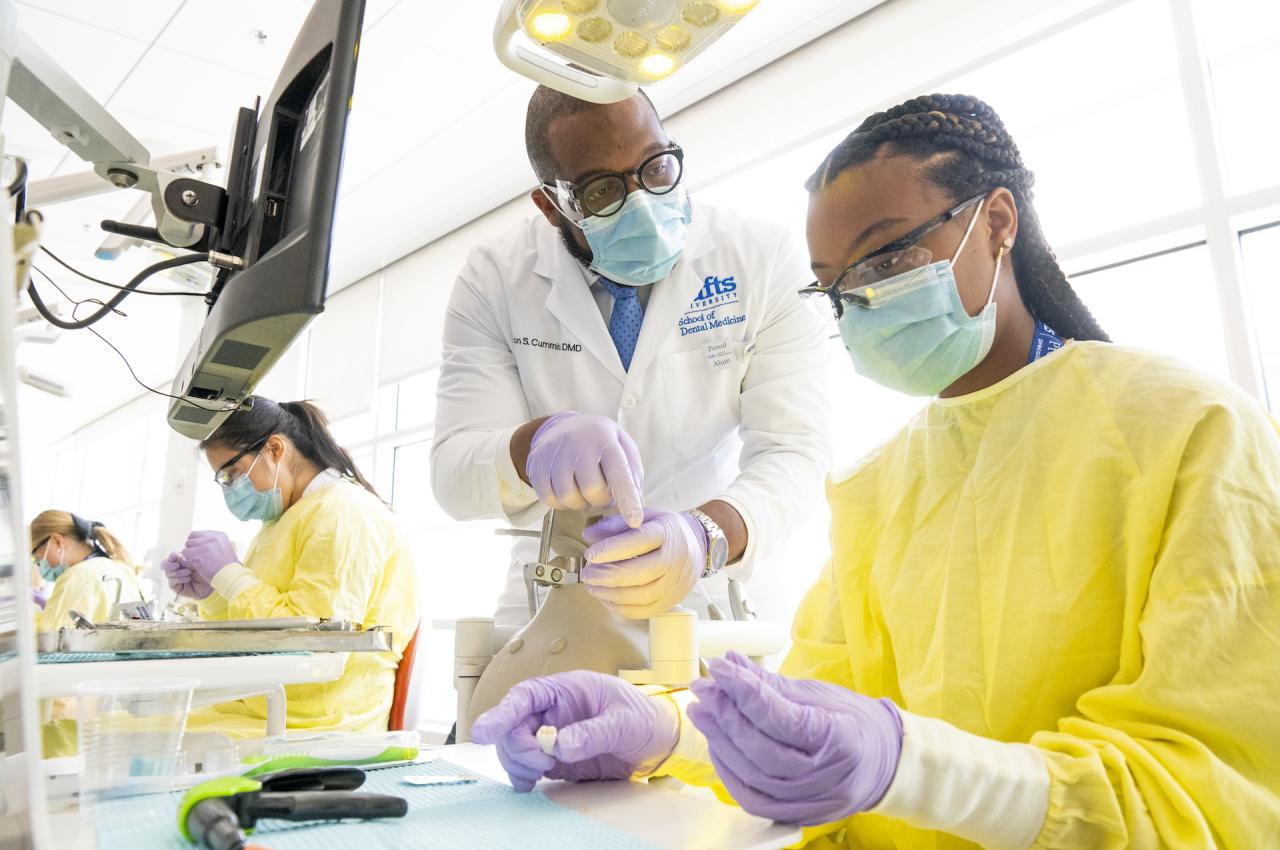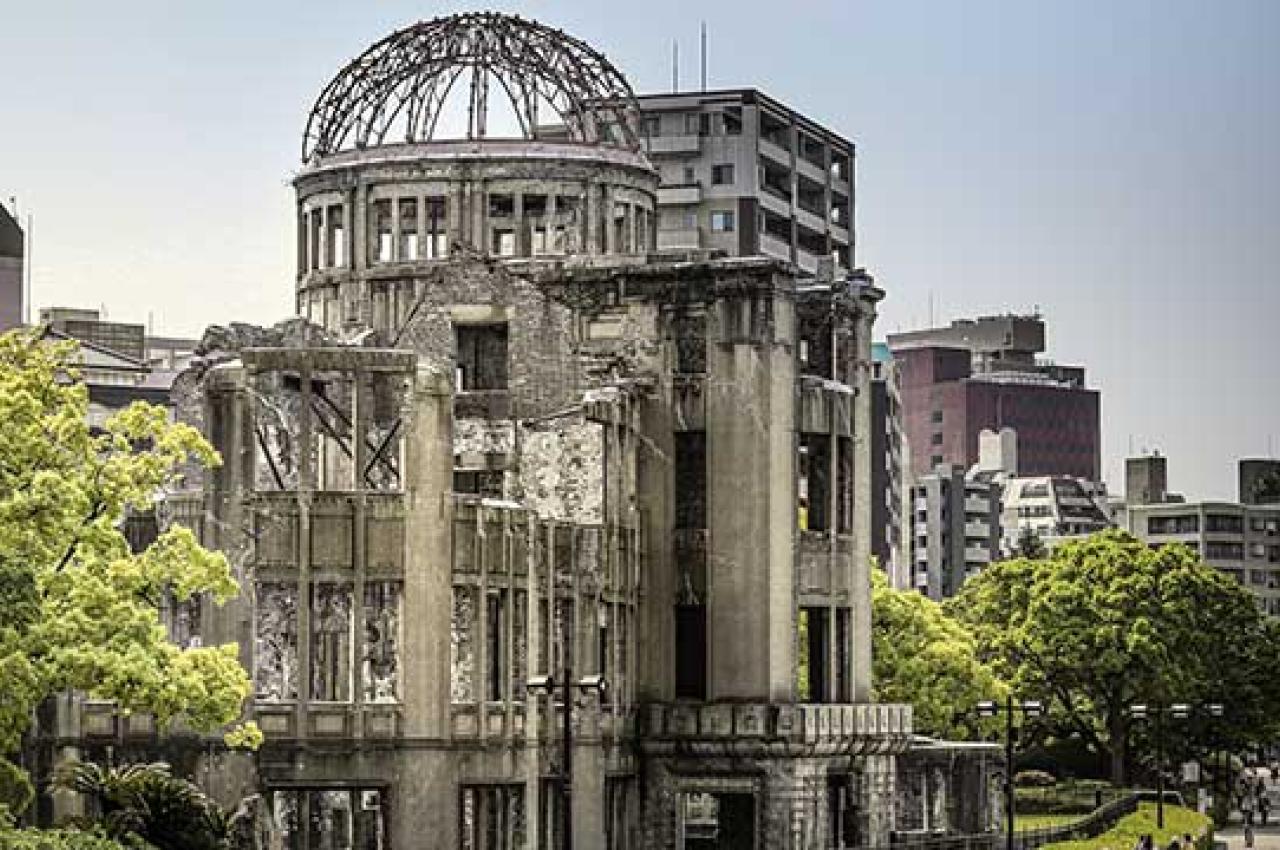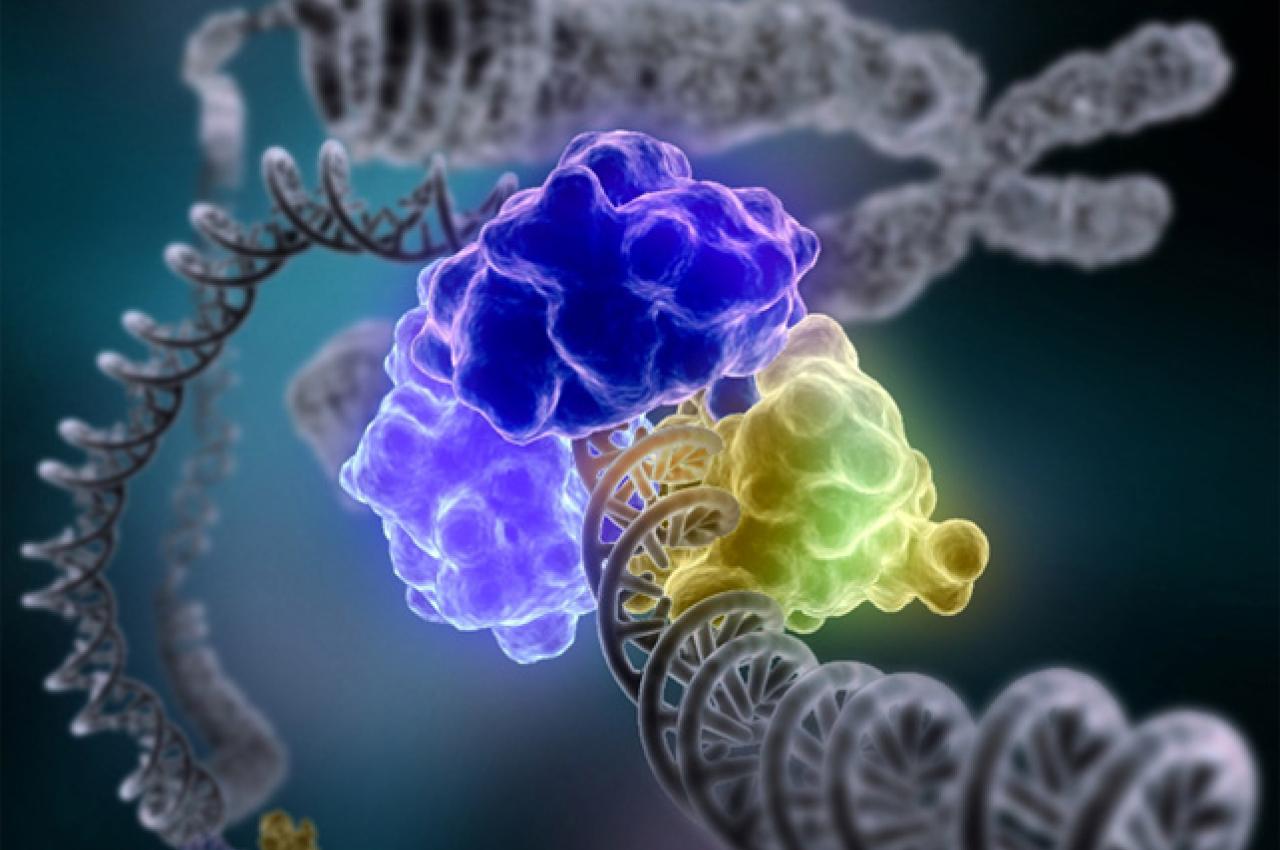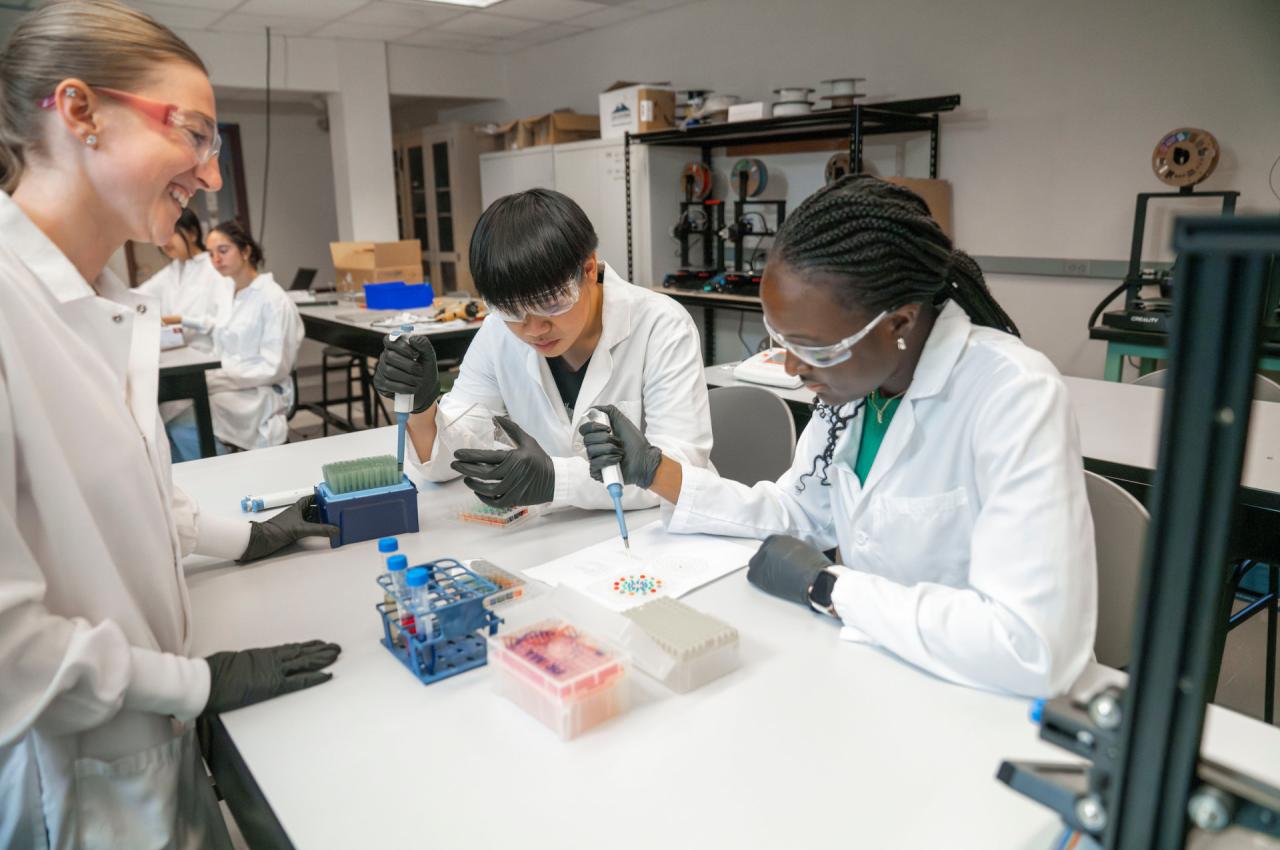A Little HOPE Can Give Children a Happier Future
Positive childhood experiences can boost early health and beyond. That’s the philosophy behind Healthy Outcomes from Positive Experiences (HOPE), led by faculty from Tufts University School of Medicine and based at Tufts Medical Center. While much of medicine is geared toward preventing adverse experiences, HOPE works with agencies, clinicians, educators, and policymakers to ensure that kids also have positive experiences to grow into resilient adults.
Pediatricians Dina Burstein, associate professor at the School of Medicine and director of the Center for Community-Engaged Medicine at Tufts Medical Center, and Robert Sege, professor at the School of Medicine and project director at the Center for Community-Engaged Medicine at Tufts Medical Center, oversee the program. As trauma-informed care and screenings became more common, some medical professionals began to adopt a trauma-informed deficit-based approach to care, focusing heavily on childhood struggles. Burstein, Sege, and colleagues were inspired to conduct research into the effects of positive childhood experiences instead.
In response, they developed HOPE, a strength-based framework with four building blocks. HOPE providers are trained to promote nurturing relationships, stable environments, family and community engagement, and opportunities for emotional growth.
“These pillars are what both power children’s optimal growth and what helps them be resilient,” Sege explains. “We now know that Positive Childhood experiences (PCEs) protect adult health. Adults who experienced PCEs are more likely to have high incomes and less likely to have chronic diseases. For example, high PCEs are associated with a 47% reduction in heart disease, and 68% reduction in depression.”
Currently, HOPE has grown to include more than 650 trained facilitators and has reached over 83,000 child- and family-serving practitioners. It also includes meaningful help from Tufts student interns, many of whom aspire to medical careers.
Former HOPE interns Ajay Ananthakrishnan, M27; Brian McHugh, A24; and Rachel Weisburst, A25, M29; reflect on what makes the HOPE framework so resonant as they begin their careers.
Why HOPE Matters
Ananthakrishnan: “In college, I was a neuroscience major. This framework made me think about how childhood affects brain development. During my gap year after college, I’d bike commute through Central Square in Cambridge most days, where there's a large homeless population, and think about the things that determine outcomes later in life and the differences that could be made in childhood.
I also grew up with diabetes, and I was diagnosed very young. Managing this also made me think a lot about how we can shape childhoods, in terms of positive or negative childhood experiences. These experiences made me interested in studying Adverse Childhood Experiences (ACEs) and how ACEs affect social determinants of health.
I want to be a physician, but I’m also interested in how emotional health and life circumstances ingrain themselves in one’s physical health. When I learned about HOPE, I saw how it turned the whole concept of ACEs on its head. It looks at the flip side: There are ACEs, but what about positive childhood experiences, and do they impact life?”
McHugh: “I was drawn to HOPE based on my interest in neuroscience and pediatrics. The basis of the work is neurological and deals with child development, and, of course, resilience-building in the brain. HOPE looks at the brain from a whole new perspective, especially through the lens of behavioral health and how childhood actions have impact.”
Weisburst: “HOPE really aligns with values that I want to employ as a pediatrician after graduating from Tufts University School of Medicine: building resilience and using a strength-based approach through positive relationships and a safe, secure environment.
I have a younger brother with special needs, and I was always involved in his therapy sessions. As I got older, I became a camp counselor for kids with and without special needs. As an undergrad, I came to Tufts specifically because I really wanted to study child development and community health. I began volunteering at Massachusetts General Hospital in Boston, which inspired me to go into health care. Once I was exposed to HOPE, I knew I made the right choice.”
Why HOPE Fills a Skills Gap
Ananthakrishnan: “In school, you learn technical skills like math and reading. Sometimes, it felt that we didn’t learn the skills needed to deal with emotions like anger and frustration—and this is compounded in lower socioeconomic areas where there’s not enough resources to deal with adverse events.
As an intern, my idea was to create educational material for elementary teachers that incorporate positive childhood experience into day-to-day experiences: What is emotional regulation and dysregulation? How are positive childhood experiences and adverse childhood experiences influenced?
Let’s say you have a kid who’s always a little angry. You’d put him in a timeout. But that doesn’t solve the problem. It makes it worse; it’s a negative cycle. How can you incorporate positive childhood experiences to combat that?
We created two versions of “10 Ways to Calm Down.” Mine was geared toward little kids; my partner created an educational pamphlet for teachers and caregivers. It’s colorful, with an approachable font. It describes how to identify emotional dysregulation, emotional regulation, and co-regulation, where an adult or peers help the child regain control. Just like they’re learning so many other skills in school, hopefully this will also help them learn how to control and use emotions positively instead of just acting on them.
An excerpt from an educational resource for teachers and caregivers created by Ajay Ananthakrishnan, M27, on how to help children regulate their emotions and calm down. Graphic: Courtesy of Ajay Ananthakrishnan
I centered my strategies around three categories—Before the Moment (of being emotionally overwhelmed), During the Moment, and After the Moment—with different strategies that educators can use, including a daily feelings check-in with rose, bud, or thorn to get insight into the emotional state of the kids; creating calming spaces; and helping to make alternative positive choices the next time they’re upset. The goal was to create something at a teacher’s fingertips when they’re in the classroom, when things are busy.”
McHugh: “At HOPE, I was specifically focusing on civic and social engagement, combing through research databases to find papers that support the claim that experiences in childhood lead to measurable physical and mental health outcomes in adulthood. I had a formal literature review of 100 or more articles to support their mission — showing that HOPE has measurable outcomes. It’s not just an idea.”
Weisburst: “I liked seeing how much like action HOPE was taking. HOPE is a research lab, but they’re also employing their framework. While I was there, HOPE was in the process of having the primary care pediatrics office at Tufts Medical Center become a HOPE-informed clinic. Dr. Burstein and Dr. Sege set up a shadowing opportunity for me with one of the pediatricians there, so I was able to watch him using the HOPE framework in his interviews with patients, explaining it to me along the way.
It was cool to see this implemented so easily. If the HOPE framework were taught as part of medical training, these strategies could be used as a natural part of interviewing a patient and doing a regular assessment. I took a lot of inspiration from that shadowing visit.”
Robert Sege, professor at Tufts University School of Medicine, and Dina Burstein, associate professor at the School of Medicine, run HOPE - Healthy Outcomes from Positive Experiences. Photo: Alonso Nichols
How HOPE Shapes a New Generation of Medical Professionals
Ananthakrishnan: “I’m about to start my pediatrics rotation. HOPE is going to influence a lot of the things I do in medical school, because it’s given me perspective not just about becoming good clinically, in terms of diagnosing different conditions, but also taking a bigger picture of a patient’s social background. What we experience in life can also influence physical health.
During my first two years at the School of Medicine, I led a club called Health Care Alliance for the Homeless. Through them, I volunteered at the St. Francis Home, a foot clinic for individuals who are unhoused. We help collect their vitals and give them a foot bath and dry socks. They’re walking, on their feet all the time, in the winter and in the rain. They have trench foot, frostbite, and diabetic foot ulcers that we help them with. But the real power of the foot bath is that it can open them up to wanting health care and telling you more about their situation.
As part of the club’s speaker series, Dr. Sege came to speak about adverse and positive childhood experiences, how childhood experiences can influence homelessness later on in life, and how to address that. As a physician, I want to keep the HOPE mindset.”
McHugh: “HOPE gave me a well-rounded perspective beyond research. I was in meetings with education and child services professionals, pediatricians, nurses. It gave me a more holistic understanding, realizing that if we really hope to solve any problem in the world, we should be working together and getting different, diverse sets of perspectives: people in the classroom, at hospitals, clinics, teachers. We should all be involved in the conversation of what the best standard of care should be.
I hope to go into medical technology, hopefully with an impact on childhood health. I learned how it takes a village to actually make this type of impact.”
Weisburst: “I want to focus on pediatrics, probably primary care. One of the reasons I like primary care, which definitely relates to HOPE, is you can really connect with a patient and a family over time and get to know the child’s individual strengths and needs. If you’re encouraging healthy environments and relationships and working with families on specific social determinants of health earlier on, it can lead to better outcomes for everyone.
At Tufts, I’ve been able to work with the same children over a prolonged period of time. It’s really cool to be able to see a relationship grow and to see the impact that encouraging strengths can have.”



